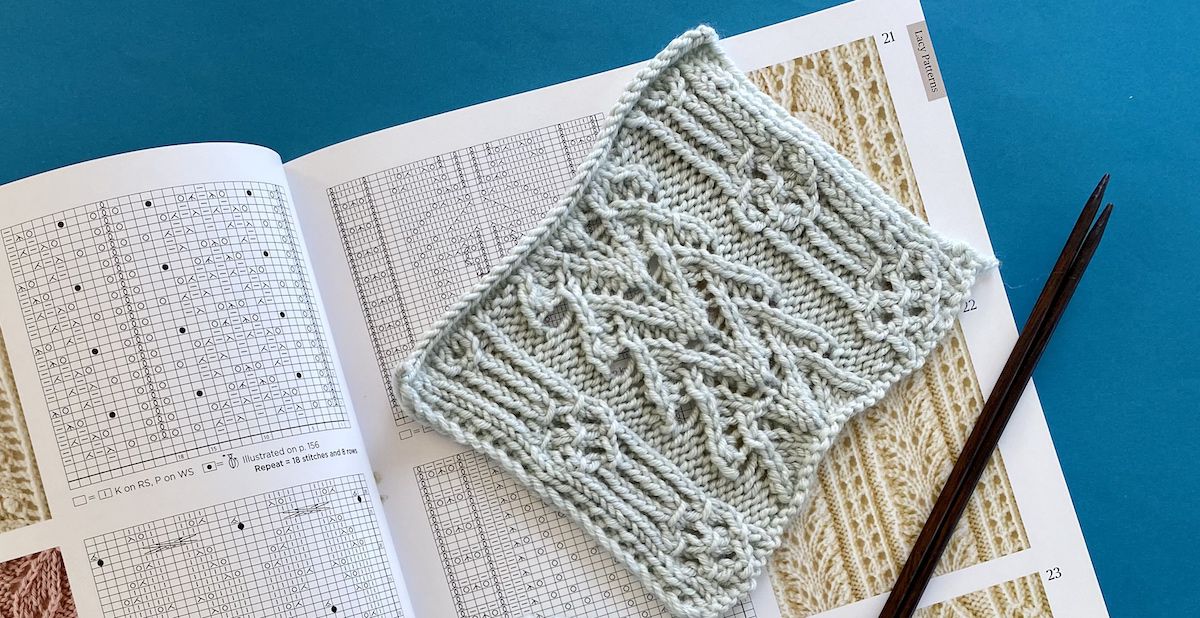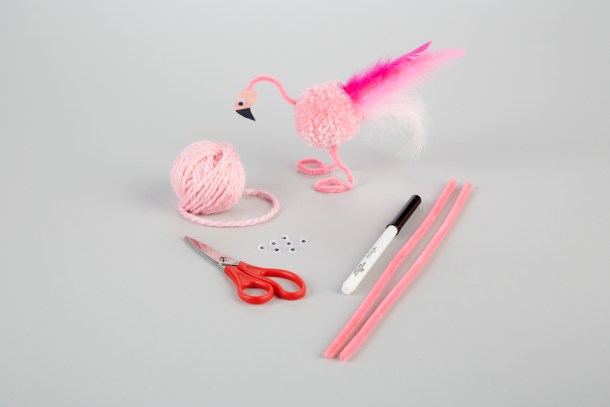
If you are interested in making quilts, you should invest in a good sewing machine. The Jazz sewing machine is simple to use and can produce 1000 stitches per minute. It also has feed dogs that are designed to allow for free motion quilting. The Jazz is an excellent machine for beginners who don’t require many frills but still want great results. Another mid-level option for quilters is the Lyric sewing machine.
The right sewing machine is essential for quilting
When choosing a sewing machine for quilting, there are a number of things to consider. A domestic sewing machine will have a narrower free arm base. This is useful for hemming clothes and trousers but is not practical for quilting. For quilters, a flat surface is required. Some models have a free arm that can be used to convert to a machine with fewer arms. This allows you to use a larger space to slide in and out of your machine.

It is important to think about the length and shape of the throat when buying a machine for quilting. A machine with a longer throat can allow you to sew your quilt faster and with less effort. For those delicate straight lines, some machines can even come with a straight stitches throat plate. Machines with long throats can accommodate larger quilting projects, without the need to scrunch. To accommodate larger quilting pieces, machines with large throats typically have an extended sew arm.
A machine that features a needle-down feature is a good choice
Although a needle-down feature is vital for quilting, there are many other factors to consider when selecting a machine. First, make sure you look at quality. You don't want to buy a cheap machine that won't last under a heavy workload of quilting. A machine that costs less than $300 is a better choice. A quality machine with a needle-down function can provide many years of enjoyment.
Next, choose the type and fabric you want to use. A needle-down machine will allow you to use a wider range of fabric. This feature will let you sew through harder-to-sew material. The needle-down feature allows you to work in a wide range of fabrics without the need to jump stitches or pull the thread.
A machine that can sew 200 patterns
Consider your budget before purchasing a new sewing device. Also, you will need to decide whether or not to buy a cabinet for your machine. A cabinet is better if you intend to use it regularly. It might be worth considering buying a second-hand machine. Many people sell their old sewing machines in order to buy the latest models.

A significant factor in deciding on a sewing machine is its cost. There are many affordable options available, but online support for these machines can be difficult to find. In the event of any problems, you may need to contact your manufacturer for assistance. Choosing a machine with a hefty price tag is not a good idea if you plan on using it only for quilting. For the features you get, a high price tag can be worth it if you are planning to use your machine for embroidery.
FAQ
How do I get started?
The first step toward starting any new hobby is to decide what kind of activity you'd like to pursue.
Once you've chosen your subject, you need to be passionate about it.
Understanding why you are interested in a hobby is important. This will help you to find your purpose and direction.
Once you have determined what hobby you wish to pursue, you can plan your next steps.
Think about what equipment you'll need to purchase.
Consider whether classes or seminars are necessary.
You must ensure you have enough room for your hobby.
A club or group might be something you consider. These groups offer support and advice.
The last thing you should do is think about how much money it would cost to pursue your hobby.
What are educational hobbies?
A hobby that teaches you something is called an educational hobby. This could be anything you want, such as playing sports or learning how to play an instruments.
It should be enjoyable and have fun. You don’t have to do it constantly, but you should consider what other activities you could be engaging in instead.
You also want to ensure you're not spending too much on these activities because they can end up costing you more than they're worth.
What are some hobbies that you like?
Hobby Ideas for people who love to learn and teach others.
Hobbies are a great way for you to do what you love and also learn something new.
Although there are many hobbies to choose from, they all share some common characteristics. They're often fun and easy to do.
These involve working with others.
Although you might not consider yourself a teacher, there are likely things you can do to help others learn.
If you're looking for more creativity in your life, think about starting a hobby so you can share your talents with others.
What is a hobby for kids?
Any activity that kids enjoy as a hobby is something they do outside of the normal routine. Children might be drawn to, build, paint, create stories, play with toys or watch TV.
Many parents worry that their kids will get into trouble when they're free to do what they want. It is not true. Your child will not get into trouble if he or she is safe and doesn’t cause any harm to other people or themselves.
It's important for people to understand that just because they like something doesn't necessarily mean they'll choose it all the time. If they don't like writing but love drawing, they might choose to draw images instead.
There are many different hobbies, so it is up to you which one you love the most.
Statistics
- In comparison, men in the “no humor” condition were refused 84.6% of the time and were only accepted 15.4% of the time. (time.com)
- The intensity of the dialogue partners' bond at the end of the forty-five-minute vulnerability interaction was rated as closer than the closest relationship in the lives of 30 percent of similar students. (time.com)
- Studies show that just six minutes of reading can reduce stress levels by 60 percent. (oberlo.com)
- This 100% accurate personality-analyzing hobby quiz discovers your passion based on your characteristics. (quizexpo.com)
- 37% Video Games 36% Travel 36% Health and Fitness (quizexpo.com)
External Links
How To
How to start gardening
Gardening is one form of agriculture that dates back to the beginning. You need patience, perseverance, and determination. The first step in starting your own garden is choosing a location where you want to grow food. This could be a large plot of land or even just a small area in your backyard. Next, choose what kind of plants you would like to grow. Do you prefer vegetables or flowers? Some people enjoy growing herbs while others love raising livestock such as rabbits. Before you decide on the type of crops you want to plant, it is important to consider the space available. You might consider growing berries or fruits if you live in a cold climate.
Once you have chosen what you will be planting, you must take some time to prepare your soil. Soil is essential in determining whether your plants will thrive or fail. The soil should be rich in organic matter to provide nutrients for your plants' roots. Organic matter includes things like leaves, twigs, grass clippings, manure, and compost. After you have prepared your soil you must add nutrients. Depending on the type of plants you plan to grow, you may need different amounts of nitrogen, phosphorus, potassium, calcium, magnesium, boron, zinc, copper, manganese, iron, molybdenum, chlorine, sulfur, sodium, and so on. An online fertilizer calculator can help you calculate these values. Many fertilizers are available, so make sure you know what you are buying.
After you have prepared the soil and added nutrients, it is time to wait for your seeds germination. The process can take between 2 and 3 months depending on how hot or cold it is in your region. After seeds have sprouted, water them every day. You can endanger your plants if you water them too often or too little. Make sure to give your plants water at regular times and not overwater. Overwatering could lead to root rot as well as fungal diseases. Keep in mind that plants are more thirsty during summer than winter. Keep in mind that certain plants may need to be dried after being watered. For example tomatoes should be kept slightly moist and not wet. They won't tolerate soggy soil. After the flowers have stopped, they must go into dormancy. The time when plants stop producing new life and store energy for the next season is called dormancy. Dormancy means that the plant stops communicating with its roots about producing food. Throughout this period, the plant stores energy. Plants will soon die if they are exposed to too much or too cold temperatures.
Urban areas can limit your choices for plants. Concrete sidewalks and roads, as well as parking lots, are common in urban areas. This blocks sunlight from reaching the ground. Concrete absorbs sunlight and blocks the soil below from receiving adequate sun exposure. Many plants can't thrive in urban environments because they lack sunlight. Fortunately, there are still many plants that can thrive in an urban environment. Many perennials, trees, and shrubs are able to adapt to urban living. Many annuals can also grow indoors in pots. Container gardens allow you to bring fresh greenery into your home year-round regardless of the weather outside.
Now that you have decided where to place your garden, chosen what you will grow, and prepared your soil, you are ready to plant!